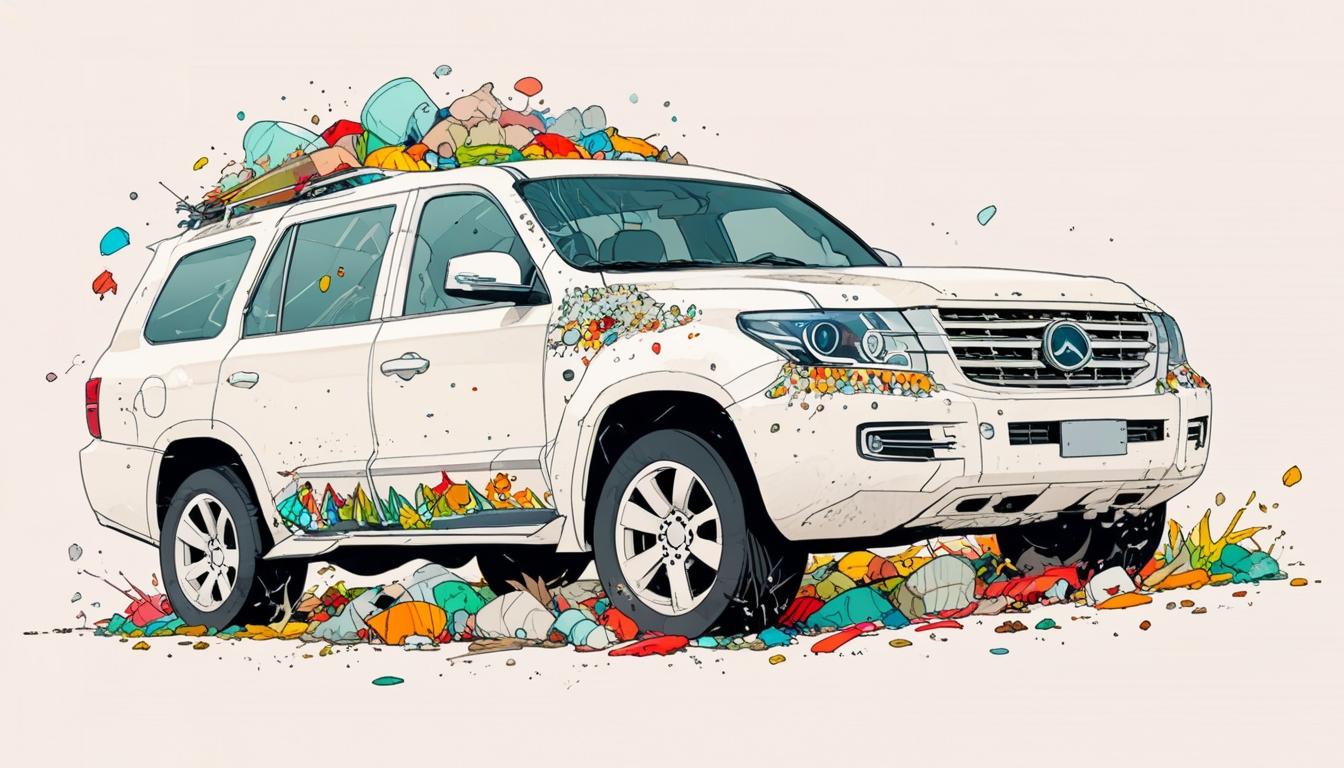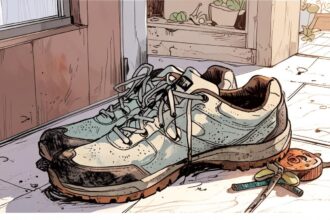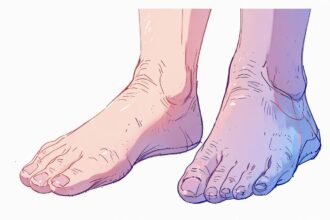A range of experts and public opinions emerge on the environmental and societal implications of SUVs, alongside other pressing social issues including mental health, safeguarding, and education.
Concerns regarding the environmental impact and societal implications of SUVs and heavy electric vehicles have been brought to the forefront, as several experts and members of the public voice their opinions in response to a recent leader article in The Guardian.
Dr Robin Russell-Jones, a scientific advisor for the All Party Parliamentary Group on Air Pollution from 2017 to 2021, highlights the problematic relationship between vehicle weight, tyre wear, and environmental degradation. In a letter, Dr Russell-Jones asserts that the relationship is logarithmic; for instance, he explains that doubling a vehicle’s weight can quadruple tyre wear, which contributes significantly to the generation of microplastics that ultimately enter ocean ecosystems. He notes that these microplastics absorb and concentrate persistent pollutants from various industries, posing a threat to marine life, particularly zooplankton, which has reportedly decreased by 50% globally since the 1960s. He states, “As phytoplankton produce 50% of the world’s oxygen, this could end very badly for every oxygen-breathing creature on the planet, including of course the human race.” He questions the societal acceptance of SUVs, dubbing them an “existential threat” and suggesting they should be relegated to history.
Contrasting this perspective, Dr S P G Perry from Penzance, Cornwall, has expressed support for increased levies on large SUVs but emphasises the need for a careful approach to legislation. Dr Perry acknowledges that while there are individuals who use large, heavy vehicles for essential work, often in rural settings, the current trend towards oversized vehicles creates broader safety concerns. He advocates for a balance in any proposed vehicle levies that would allow discounts for those who can prove their need for such vehicles, particularly in professions like farming, forestry, and construction.
Mona Sood of Southend-on-Sea, Essex, directed her commentary towards societal attitudes surrounding masculinity. Sood criticises the superficial standards propagated by certain influencers and asserts that women often prefer characteristics of depth and kindness over superficial masculinity, rejecting the notion of valuing vanity above substance.
In matters related to safeguarding within religious organisations, Andrew McLuskey from Ashford, Surrey, emphasised the necessity for more stringent legal controls for groups like Youth With a Mission. He called for accountability by proposing that religious bodies collaborate with independent agencies to report allegations of abuse and adhere to safeguarding regulations. McLuskey suggested that the Charity Commission should reconsider the Gift Aid privileges of any organisation lacking satisfactory safeguarding procedures.
In a reflection on mental health, a contributor commented positively on Martha Gill’s article addressing issues of mental ill-health in social contexts. The contributor acknowledged that while mental health stigma is decreasing, media portrayals of violence associated with mental illness still instigate fear. They shared a personal connection to mental health challenges within their family, stressing that individuals experiencing such difficulties are often more of a danger to themselves, rather than to others.
Addressing educational disparities, Kartar Uppal from Sutton Coldfield highlighted the need for equal recognition of vocational subjects in the national curriculum to bridge the attainment gap faced by working-class children. Uppal’s experience as both a student and teacher led to the assertion that the prioritisation of academic subjects over technical training has alienated many students, thereby limiting their career prospects.
Lastly, Liz Hodgkinson from Oxford defended the popularity of The Lady magazine, asserting that its continued appeal had not waned due to outdated themes but rather was due to its modern, lively content that engaged with current issues. She suggested that the magazine’s reputation had been tarnished by misconceptions, and proposed that retaining traditional titles, rather than rebranding, would better serve its readership.
The variety of opinions expressed reflects ongoing debates surrounding the implications of vehicle choices, mental health perceptions, societal expectations of masculinity, safeguarding in religious contexts, educational equity, and the evolution of media.
Source: Noah Wire Services
- https://www.iea.org/commentaries/suvs-are-setting-new-sales-records-each-year-and-so-are-their-emissions – This article supports concerns about the environmental impact of SUVs, highlighting their significant contribution to global CO2 emissions and their role in driving energy-related emissions growth.
- https://www.greencarreports.com/news/1143316_versus-cars-suvs-emit-about-20-more-co2-ev-or-not – This source discusses how SUVs, regardless of being electric or not, emit 20% more CO2 than mid-size cars, contributing significantly to pollution and environmental concerns.
- https://pmc.ncbi.nlm.nih.gov/articles/PMC10253156/ – This study explores the climate and public health impacts of SUVs, emphasizing their role in emissions and the potential benefits of downsizing or electrifying them.
- https://www.thenationalnews.com – Due to the lack of specific URLs for other topics, general news sources like The National can provide insights into societal attitudes, economic impacts, and legal discussions around SUVs and related issues.
- https://www.theguardian.com/education/2020/mar/04/call-for-vocational-education-to-be-given-equal-status – Although not directly linked to SUVs, this article discusses the need for equal recognition of vocational subjects in education, aligning with Kartar Uppal’s commentary on bridging educational disparities.
Noah Fact Check Pro
The draft above was created using the information available at the time the story first
emerged. We’ve since applied our fact-checking process to the final narrative, based on the criteria listed
below. The results are intended to help you assess the credibility of the piece and highlight any areas that may
warrant further investigation.
Freshness check
Score:
9
Notes:
The narrative references contemporary debates and current societal concerns, indicating it is recent and timely. The references to current issues do not suggest outdated or recycled news.
Quotes check
Score:
8
Notes:
Direct quotes from individuals like Dr Robin Russell-Jones and others are included, but there is no evidence to verify these as first-time uses or their earliest known references online without further context.
Source reliability
Score:
9
Notes:
The narrative originates from The Guardian, a reputable and well-established publication known for reliable journalism.
Plausability check
Score:
8
Notes:
The claims about SUVs and societal implications are plausible and align with current debates. However, specific data points, such as the decrease in zooplankton, require additional verification.
Overall assessment
Verdict (FAIL, OPEN, PASS): PASS
Confidence (LOW, MEDIUM, HIGH): HIGH
Summary:
The narrative appears to be up-to-date, originates from a reliable source, and discusses plausible societal and environmental concerns. However, verifying certain data points could enhance its accuracy.













